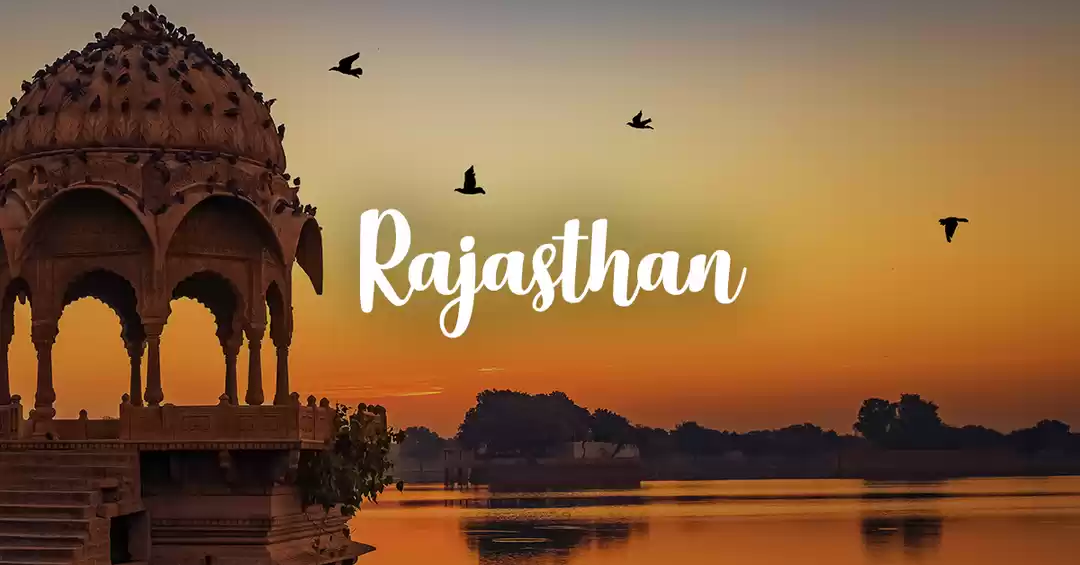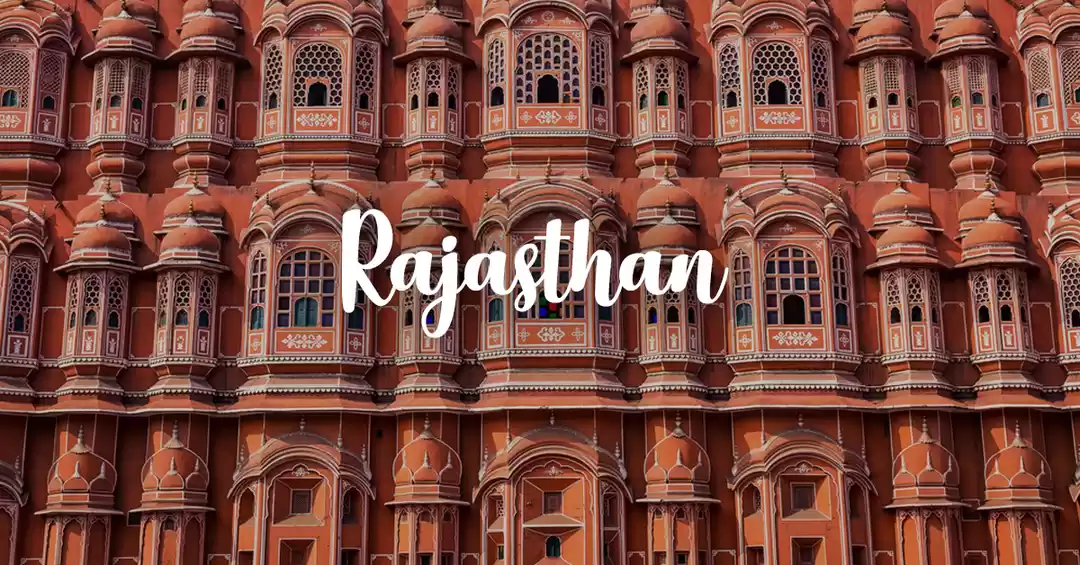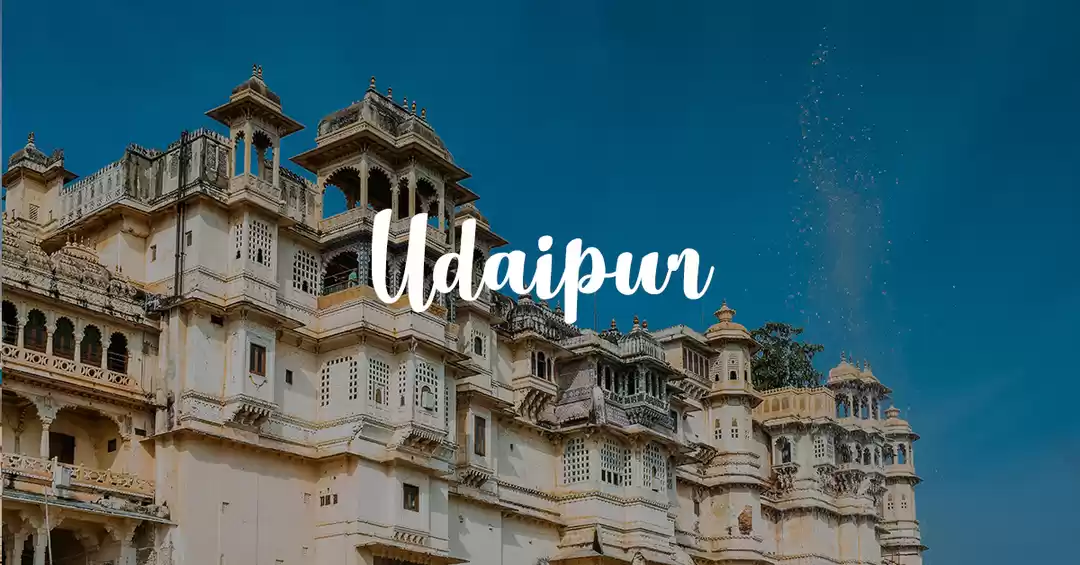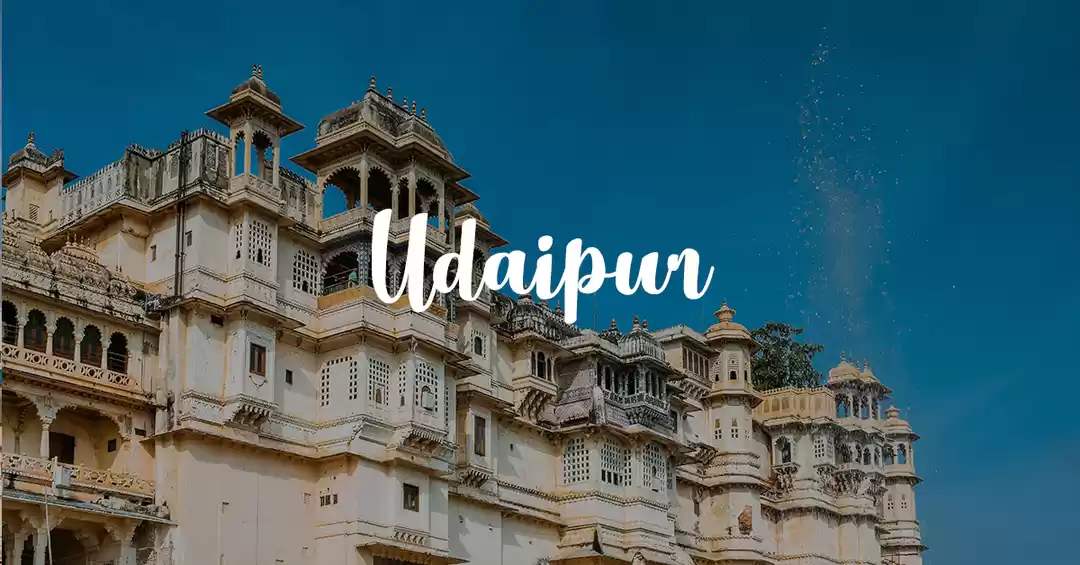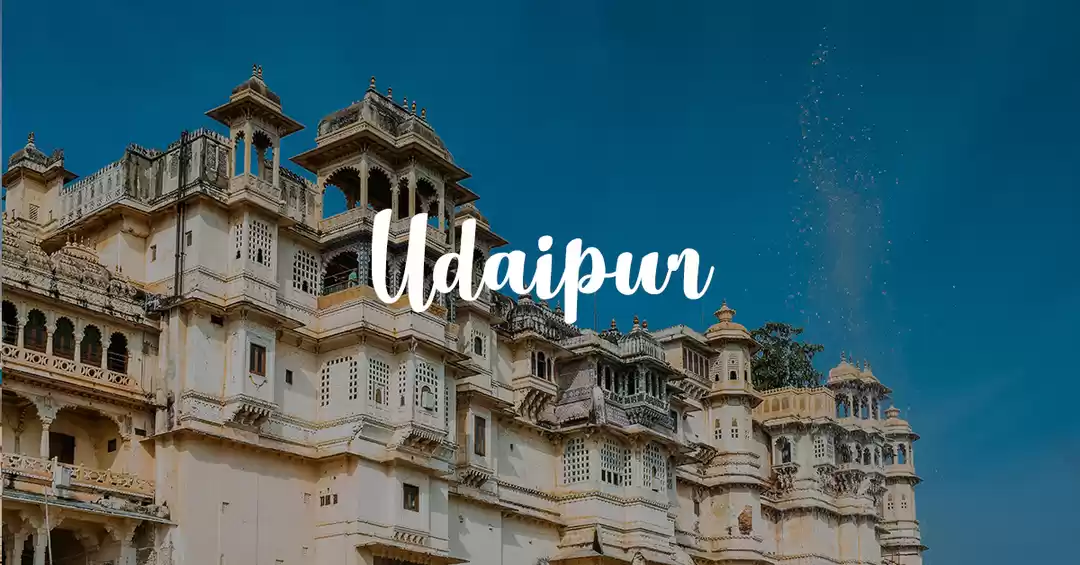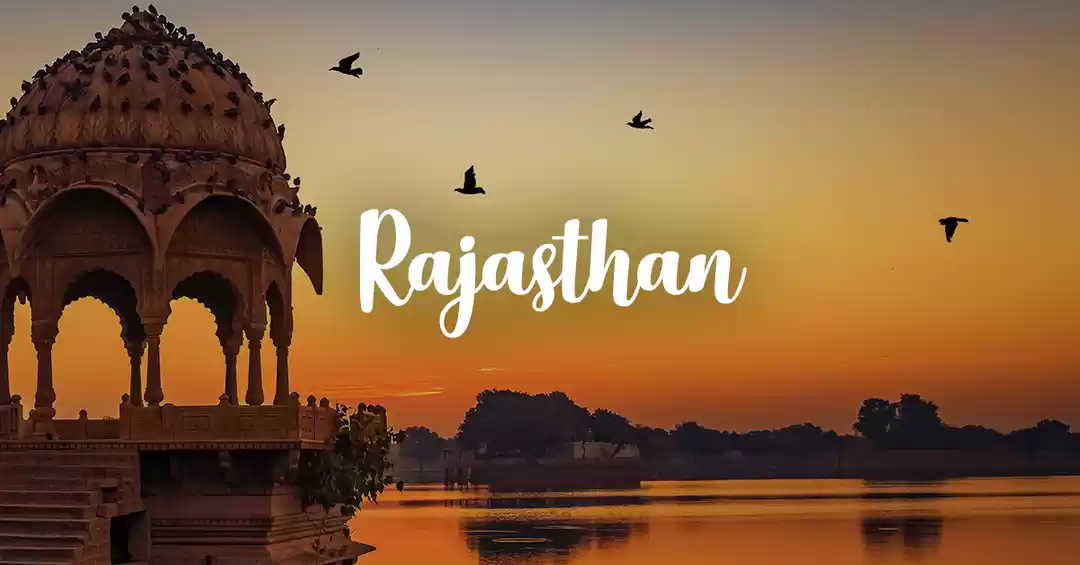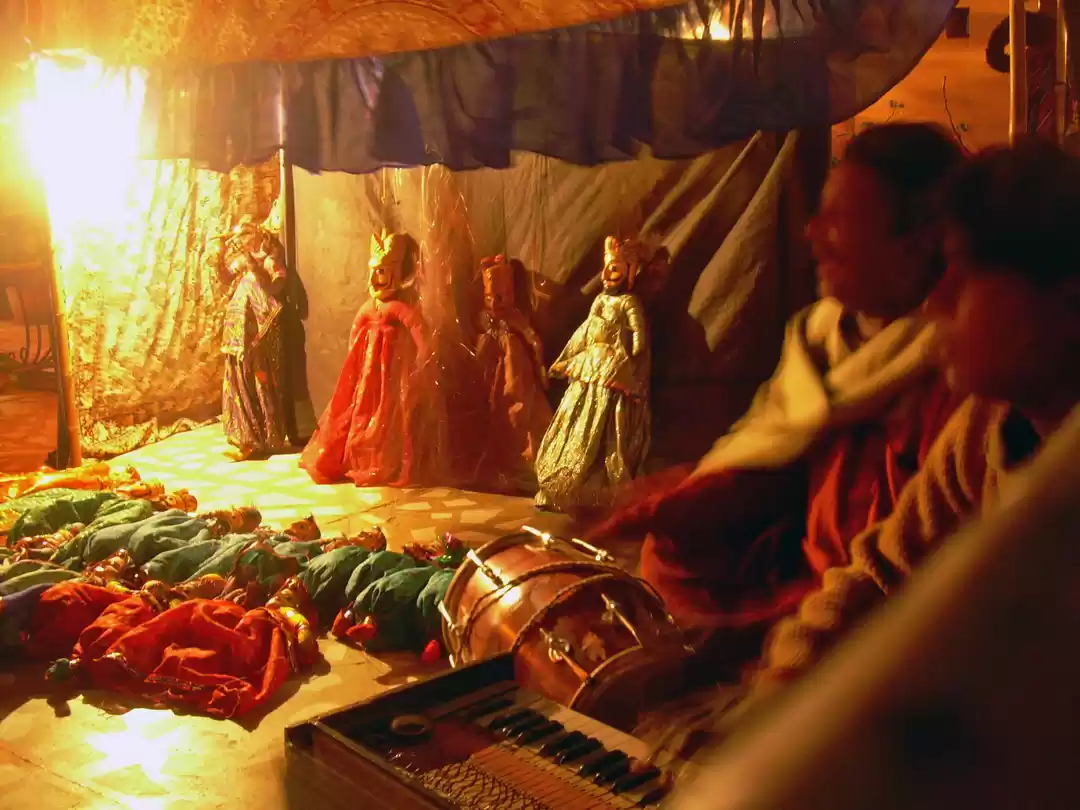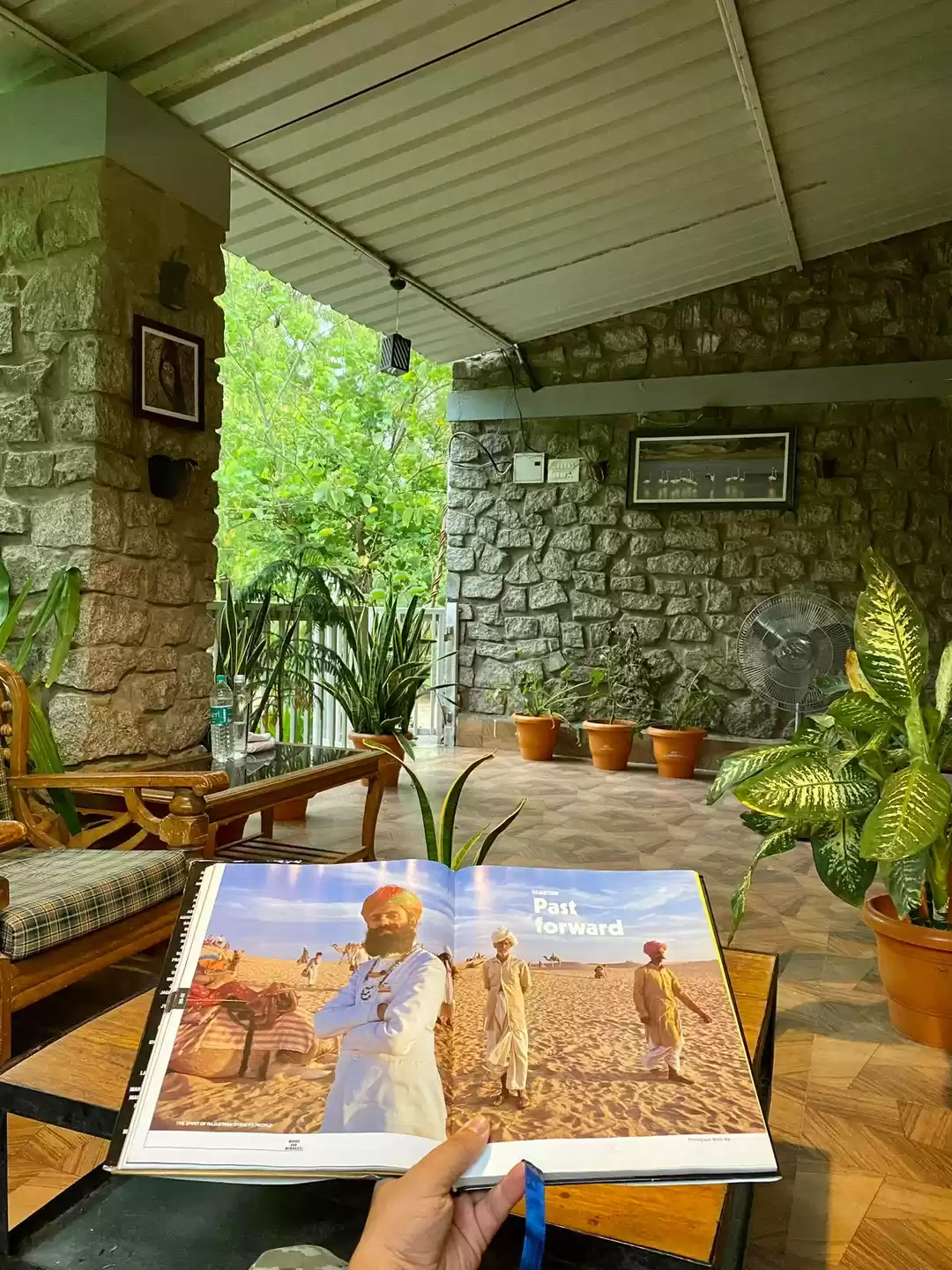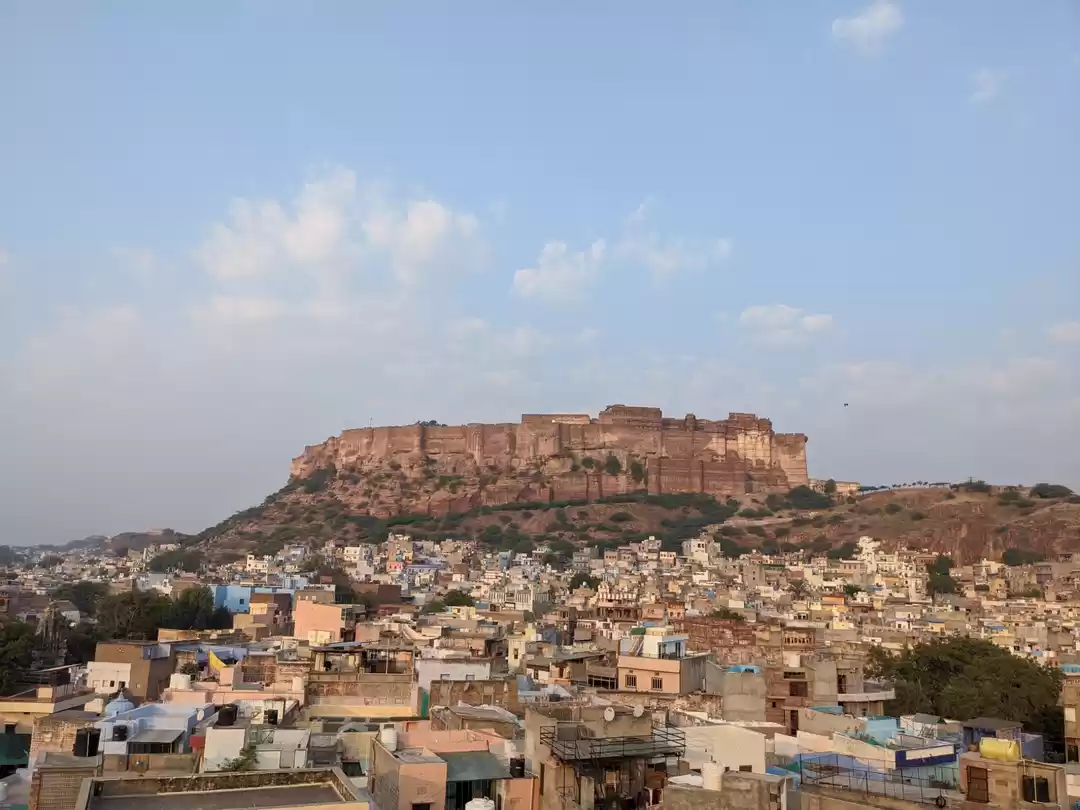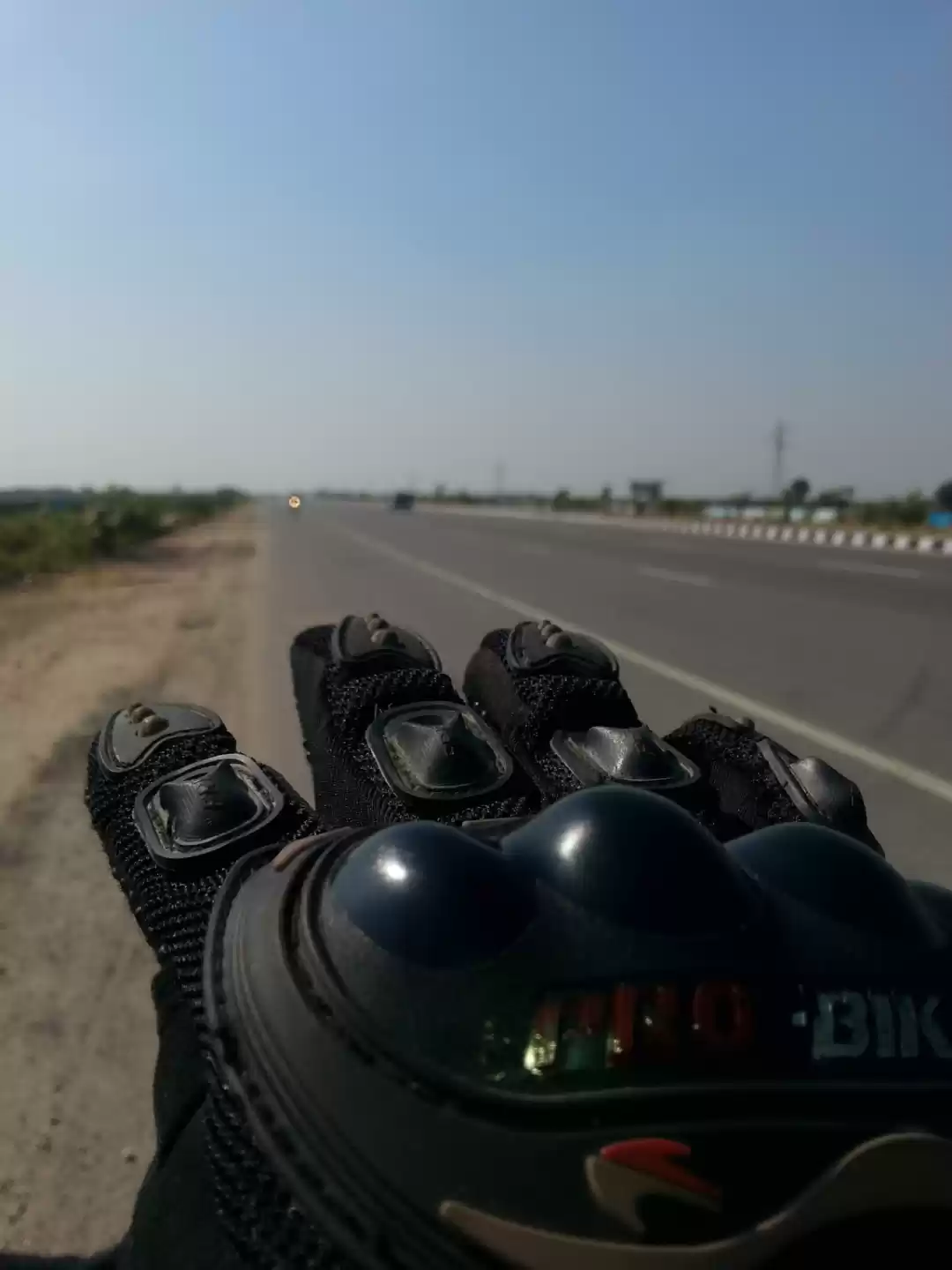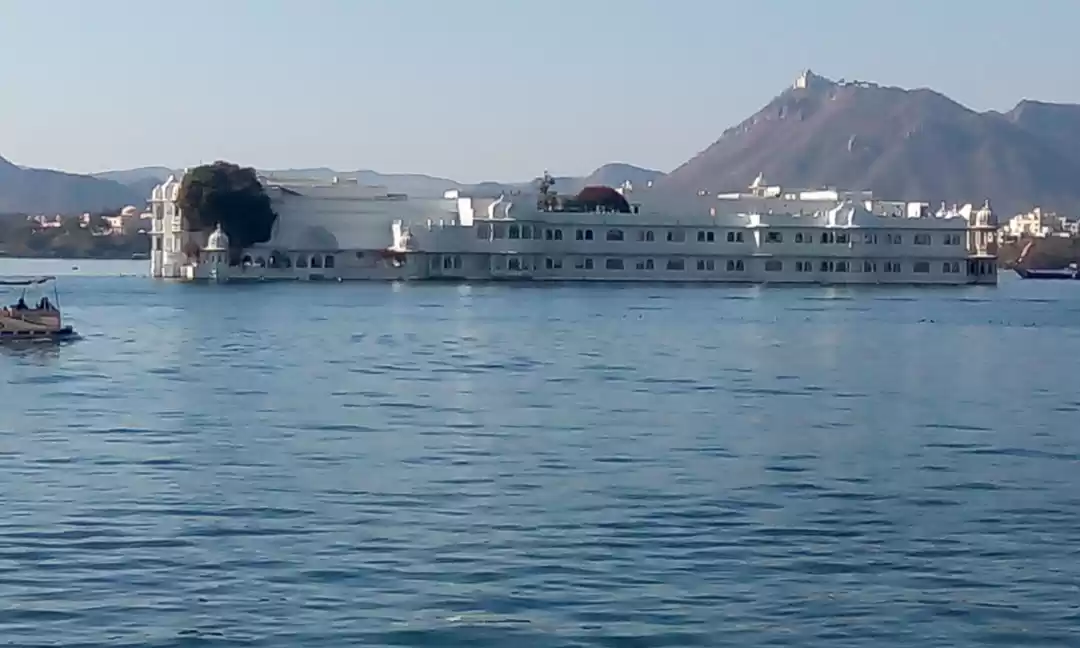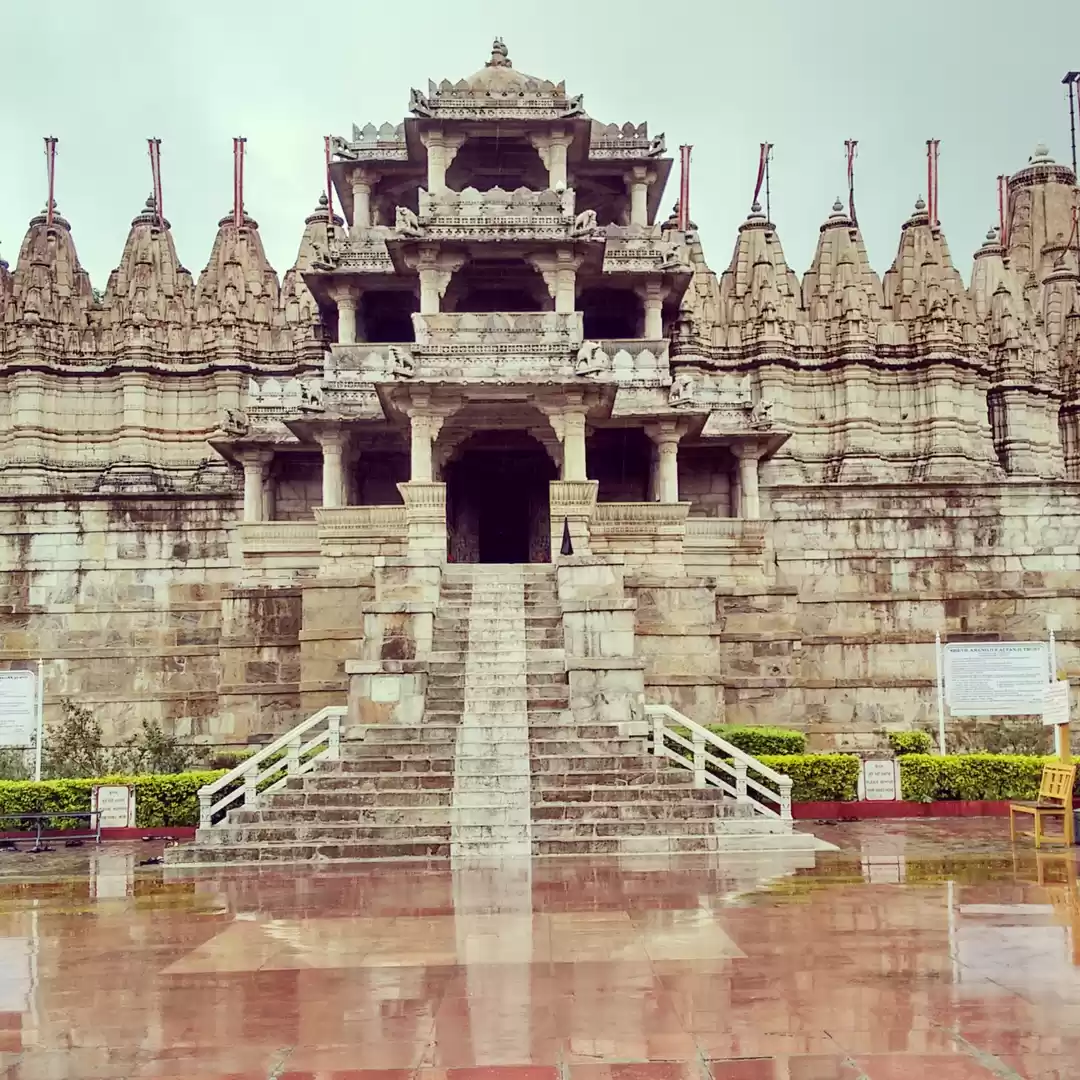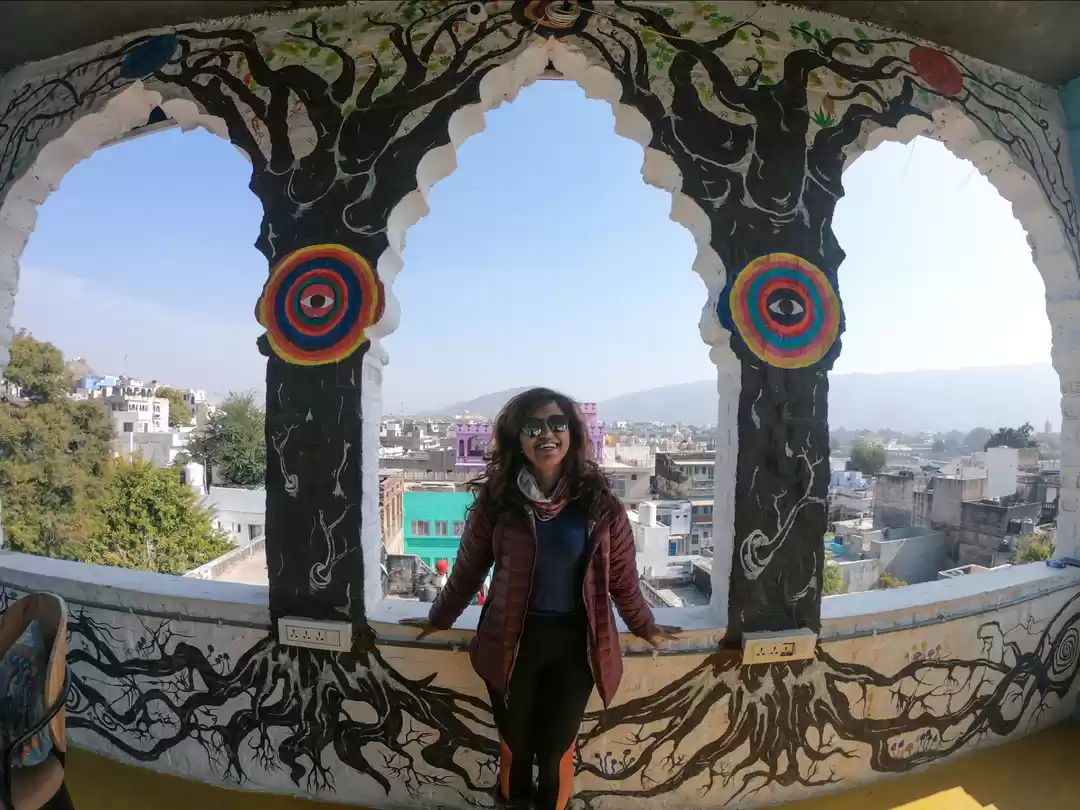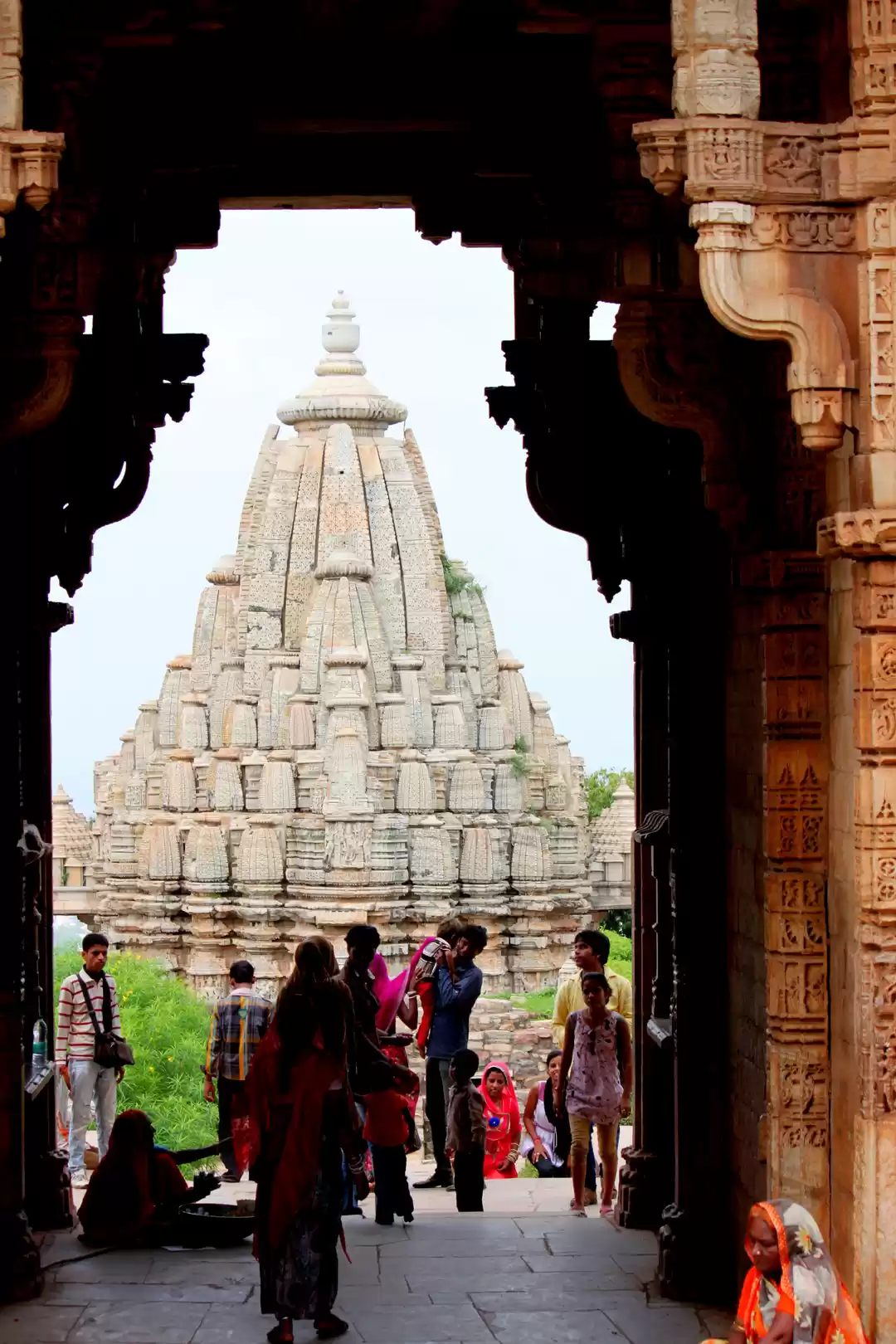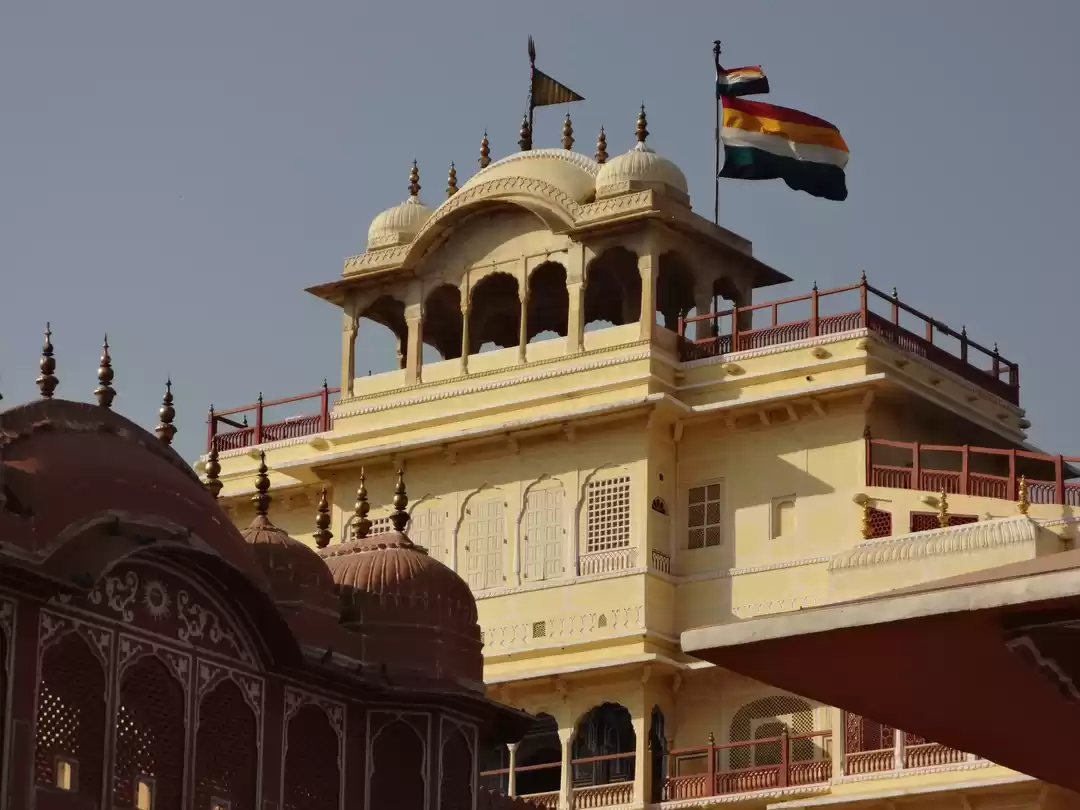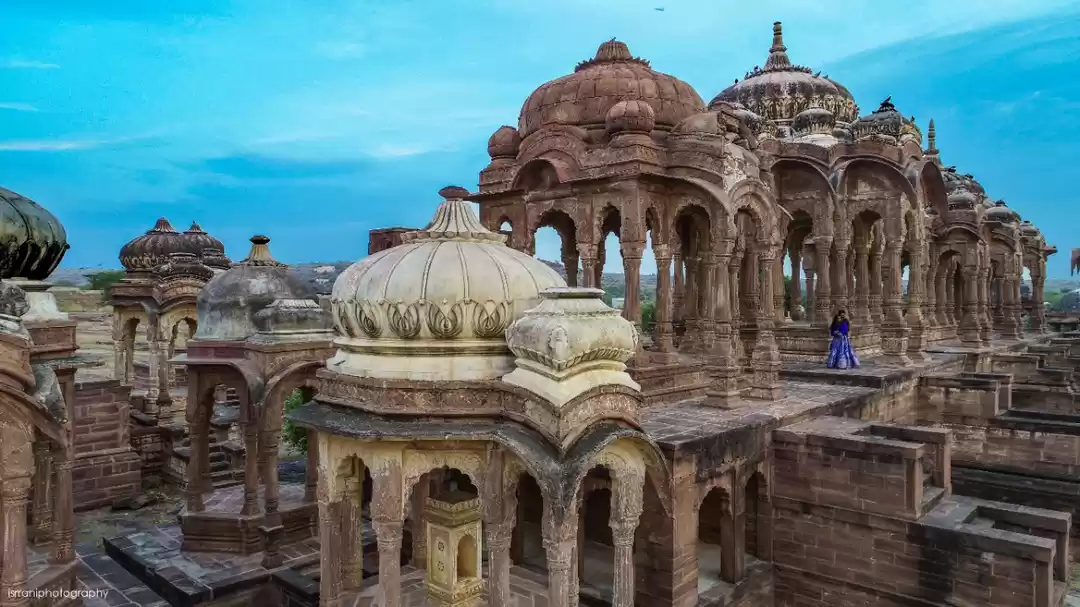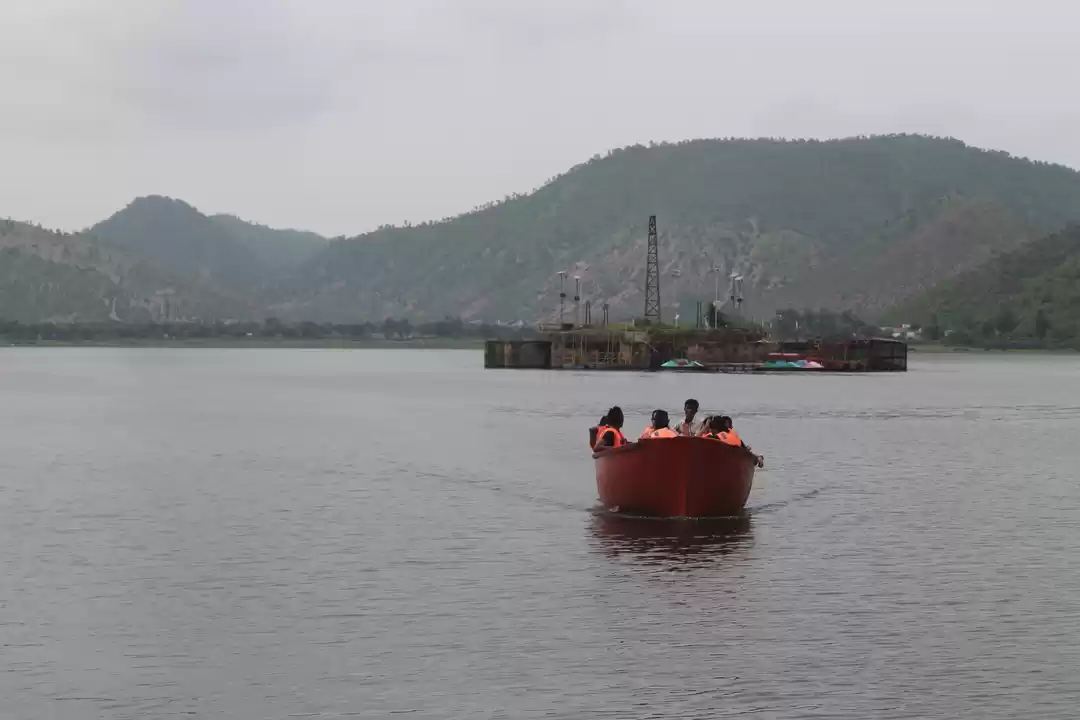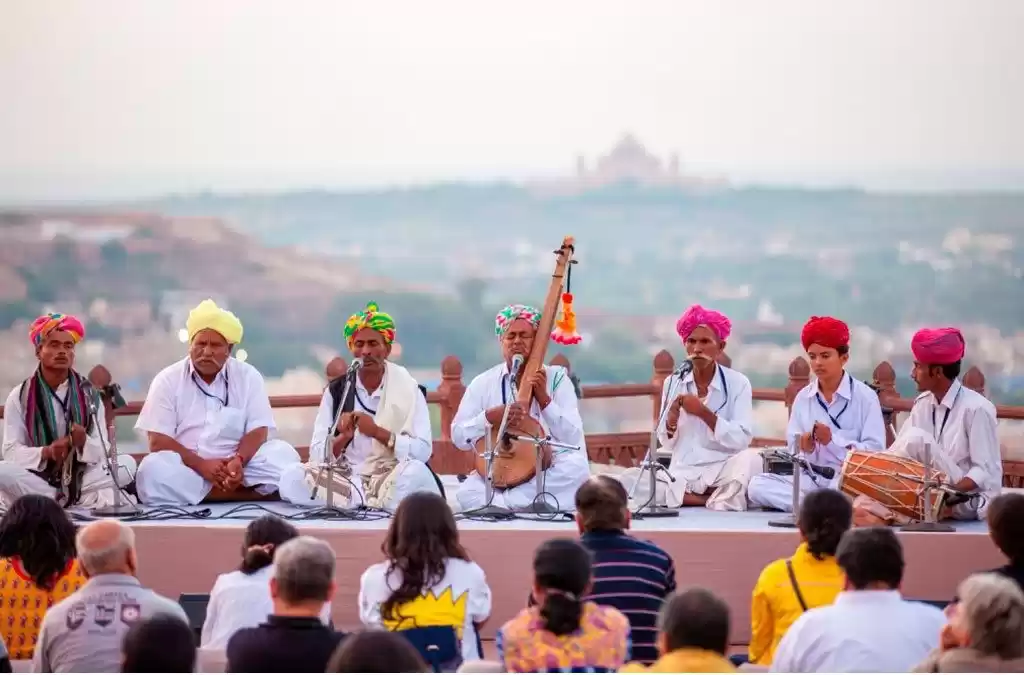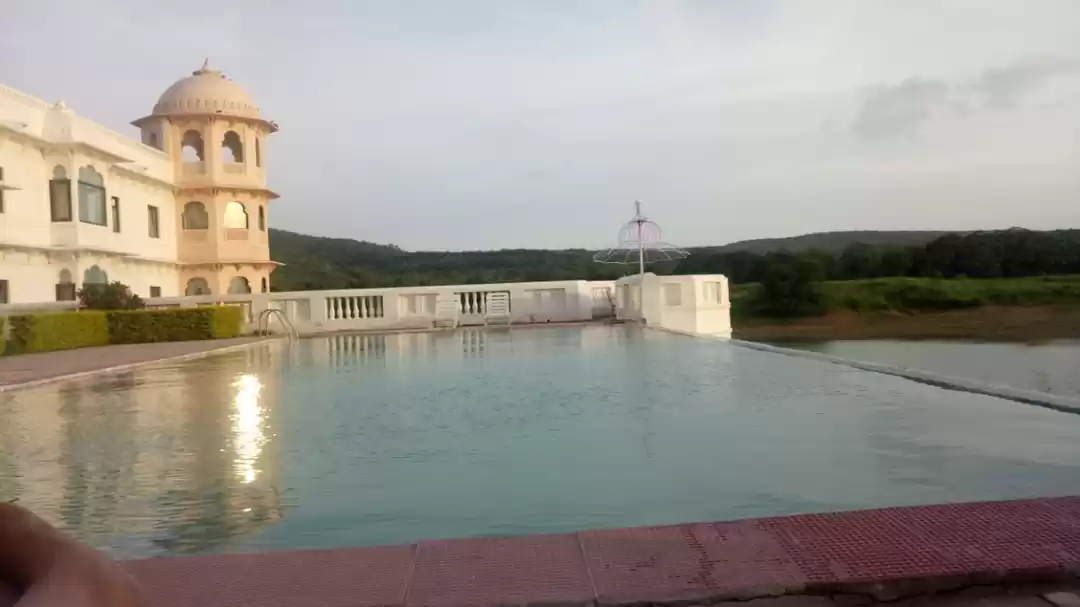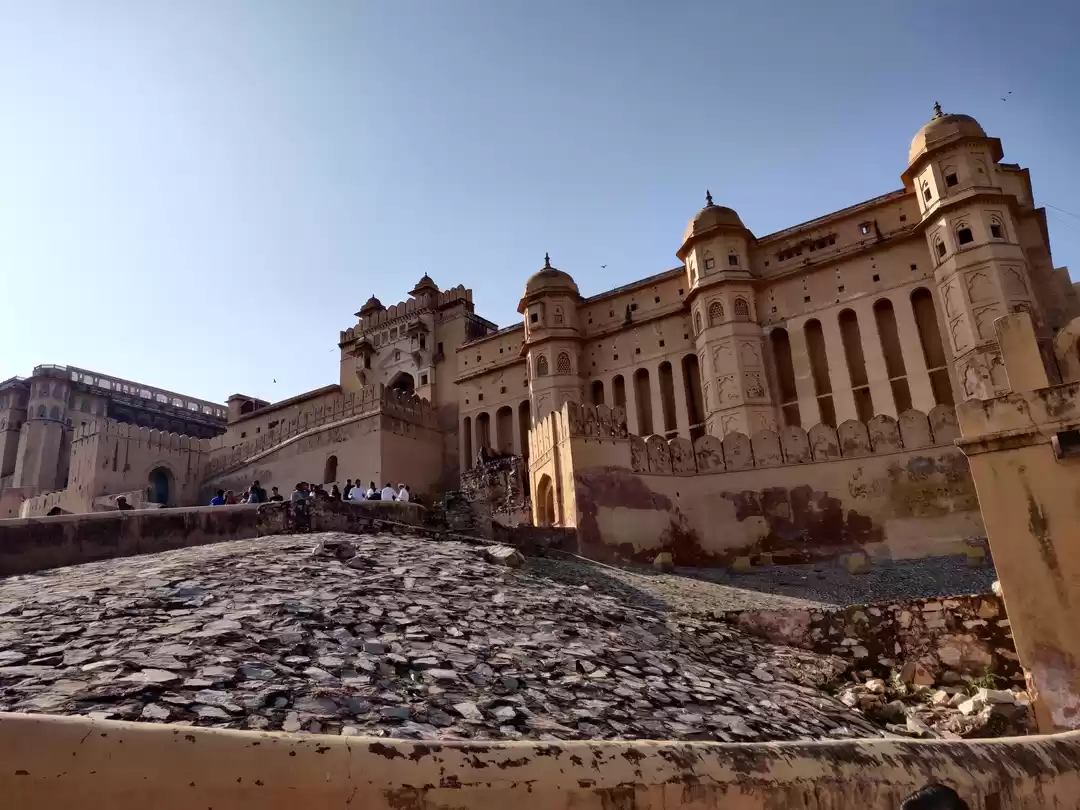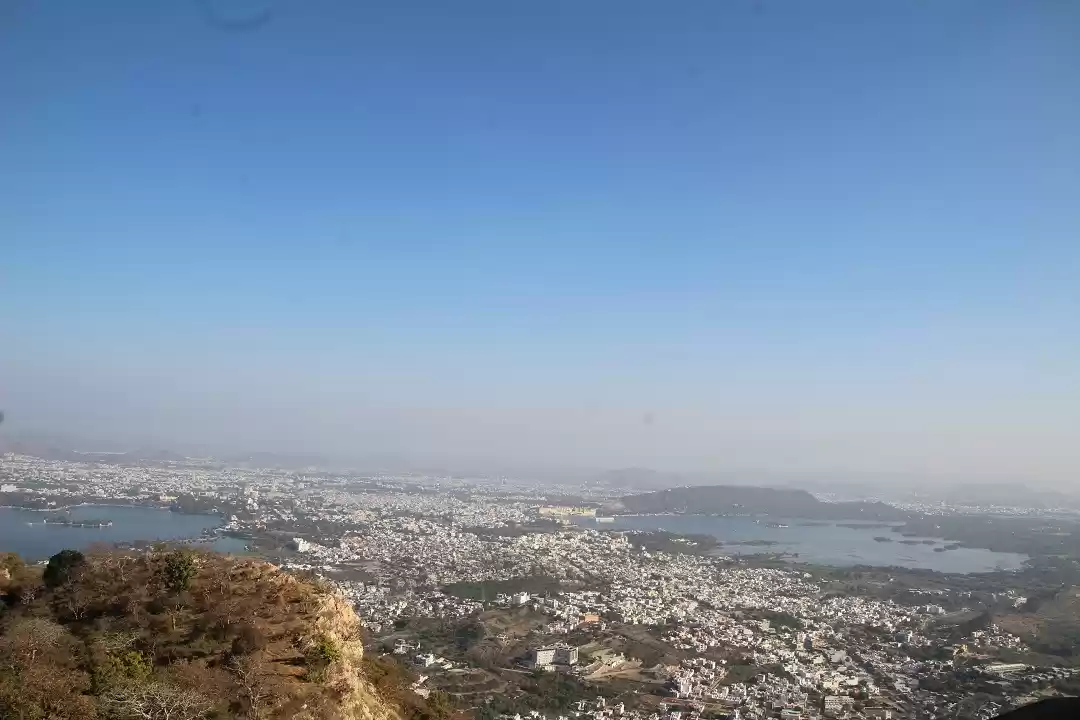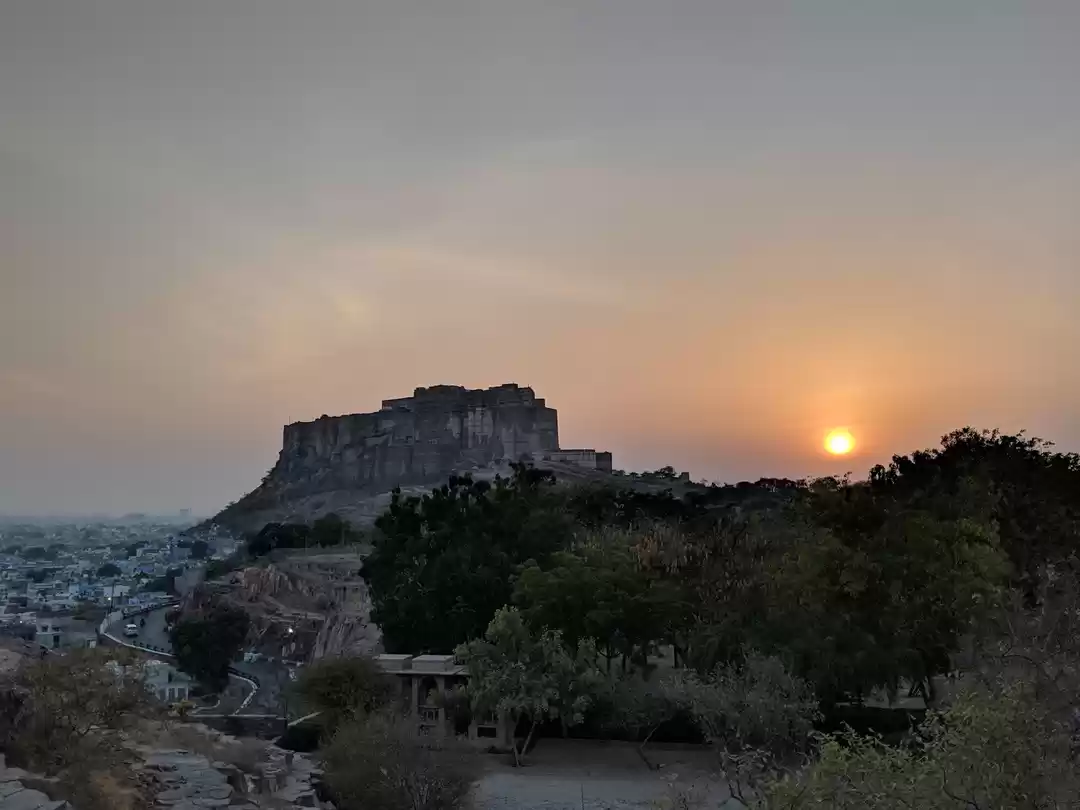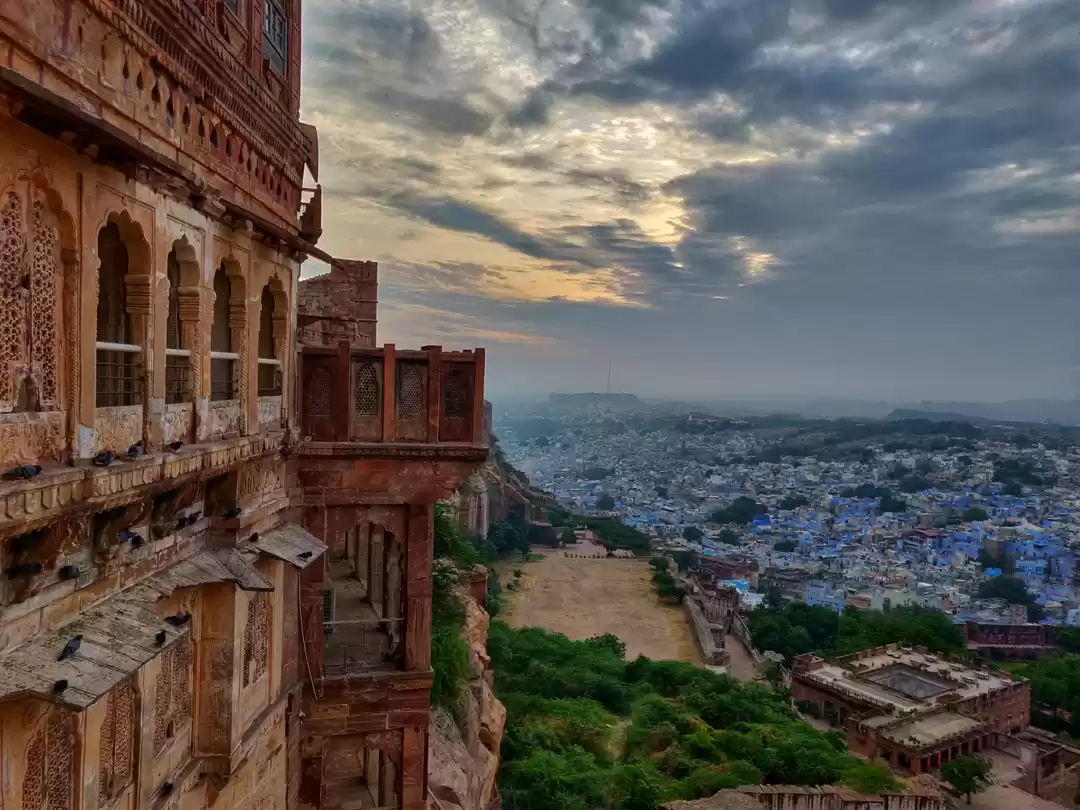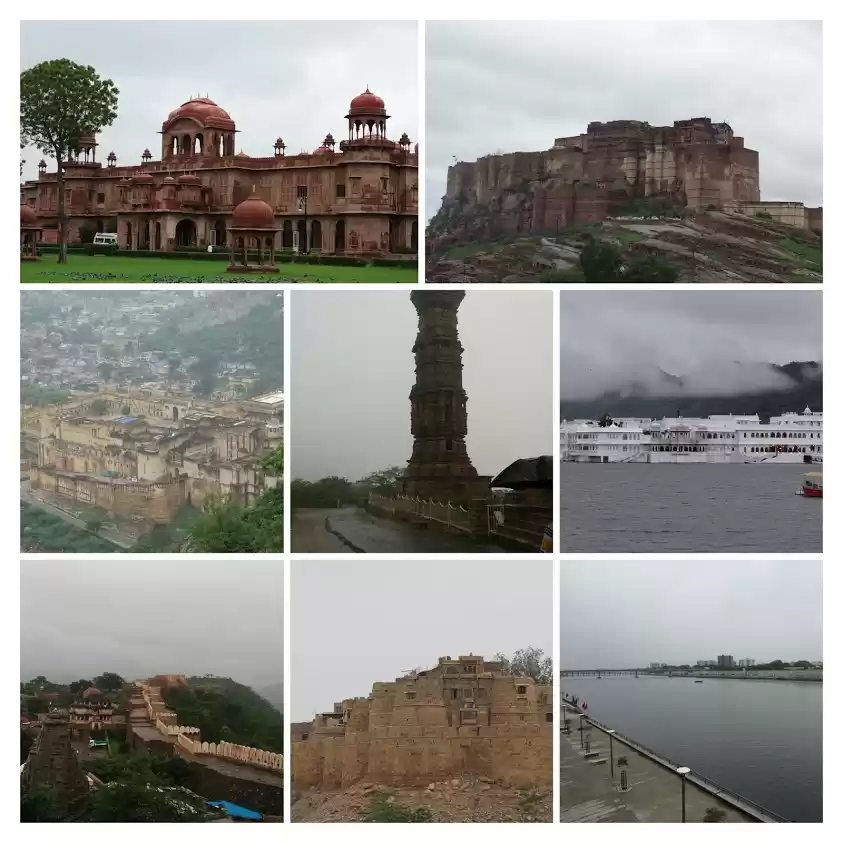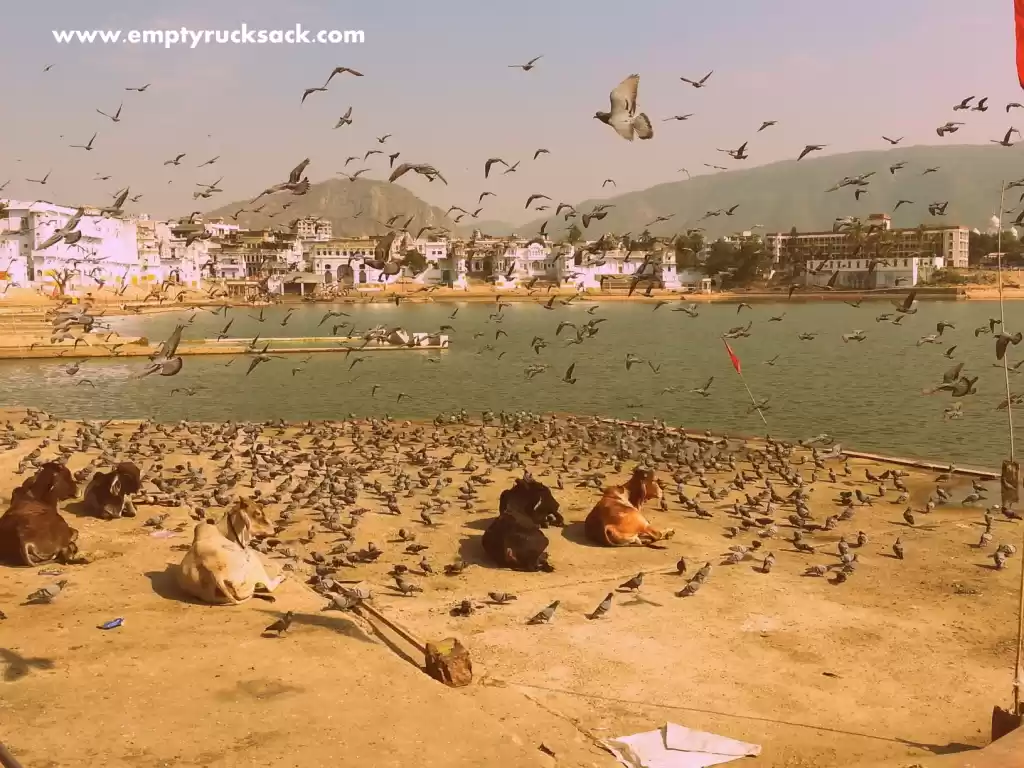
For me, the visit to Udaipur was a great success. Besides being beautiful, I felt that walking through its streets was much more pleasant than in other parts of the country.
At 7.00 am punctual we have breakfast. Despite the sumptuous and exciting dinner the previous evening, we are hungry! The hotel's buffet is remarkable, as is everything else. So we have our breakfast/lunch and with regret, at 8 we leave Narlai, to our next destination of Udaipur.
Our driver takes us on a very scenic road. I do not know if it was the only one available. I had a couple of maps of Rajasthan and both were discordant. But it was nice to cross this mountain pass. At one point we found a lot of impressive monkeys. They were everywhere.
Once out of the mountain the environment was always very rural. There were only fields to be cultivated and reservoirs for irrigation. With curiosity, I have noticed the use of old methods to draw water and channel it in irrigation ducts. Even today they use animal strength and a system of buckets.
We arrived at Udaipur in the morning and after a couple of laps we ended up in a haveli just meters from the bridge that connects Hanuman Ghat with Gangaur Ghat, separated by Lake Pichola. Even though the lake is very dry, the landscape is really charming. It is said that this is one of the most beautiful cities in the country. I cannot compare because I have just started, but I really like the atmosphere. They are narrow streets with many colorful businesses, very friendly people and palaces in the shape of an island in the middle of the lake.
We started the morning taking a taxi to the Sahelion Ki Bari garden, located near the Fateh Sagar lake. There we could see beautiful floral arrangements with water fountains adorned with typical details of the country.
Back to the tourist center, we bought a combined pass that included a tour of the different rooms of the City Palace with its interior museum full of paintings and a boat ride on Lake Pichola to another palace located in the middle of the water called Jag Mandir which, nowadays, works as a luxurious hotel.
We are ready to visit the City Palace immediately. Honestly, I did not really like the impact with this city. It is very touristy. It was the first place where we found many western tourists. City Palace has several entrances, one of the main ones is through the north door, Badi Pol. Although we did not enter here because the play seemed the same as that of Jodphur Fort. In the city palace, we could not move around due to the crowd of people. Maybe, in this case, we missed the visiting time. It was to be visited early in the morning or later in the evening. We went through the other south door of Sheetla Mata since we had no problems.
We also did the boat ride on Lake Pichola that was very impressive. The beautiful views of the Jag Niwas palace which, nowadays, works as a luxurious hotel and the rest of Udaipur are worth the trip that inevitably ends with a visit to the island of Jagmandir. Here, the palace built by the Maharaja, now houses a bar, a restaurant, a spa and a small hotel. The Taj Lake Palace can only be visited if one is staying there. This hotel was featured in James Bond's famous Octopussy movie. It is a film that remains alive in the city, and telecast everyday in many restaurants at the end of the afternoon.
Back on the mainland, we decide to go into the old city of Udaipur, between the narrow streets and the bazaars. Finally, the groups of tourists, who are very careful to visit certain places, disappear and the chaos of the Tuc Tuc and the people regain the upper hand. After that we went out, we walked a bit more. We had lunch at 4 in the afternoon with rice and cooked chicken completely covered in curry. I do not know what it is but I love it.

On the steps of the Temple
We are faced with a very high and very steep, very impressive staircase. This is the ascent to the Jagdish Temple, Indo-Aryan temple. There is a remarkable view from the top of the staircase. Going down then I stopped by a guy. I did not understand if it was a beggar or a priest. He was intent on repainting and coloring a deity. He tried to explain to me what he was doing, speaking a strange language. Obviously, I did not understand anything. The only thing that was very clear is that he wanted a tip.
On the way back we came across many shops, some selling food, some very bizarre, selling dentures and used glasses. You read that right, you do not need to come back. I did not want to deepen the origin of this goods. The predominant color, white, that appeared in most buildings and palaces. It gave the feeling of more organized chaos. The salespeople were not so aggressive and it was almost you who had to start with the game of bargaining.
The evening is approaching. So we try to regain the way of our haveli, but first, we stop at Gangaur Ghat, a small square that can be reached through three huge arches. The view of the lake is enchanting. Other people have stopped on the steps that go down in the water to admire the sunset. But for this, we have our private terrace at the haveli, which is immediately next to them.
It is not too late, but we are very tired so we go back. On the way, we bought for dessert a kind of round nougat made of a sweet brown paste of milk and a lot of peanuts.

Panorama from the room
The view from our room is exceptional, which is on the terrace. Opening all the tents we have a panoramic view of the lake directly from our bed. The sunset is poignant and reconciles me with Udaipur. Reviewing the photos, probably the first judgment was spoiled by the hordes of tourists we met because indeed Udaipur is still something different to see in Rajasthan. Definitely a very romantic place, probably I would have liked the City Palace if only I could see something since it was completely saturated with people.
For dinner, we stayed in the haveli. The restaurant is on the terrace with the same view of our room. The food was really genuine and as always, typically Indian and very spicy. The next day we expect the transfer to Bijaipur, where tourists will probably be just a memory. Udaipur is perfect to relax, to dream, and to fall in love. It is a fairytale city, like a thousand and one nights.
TIME TO VISIT CHITTORGARG
Chittorgarh was a passing city, between Udaipur and Bundi, where I only stayed a few hours. And I did not see anything well. It was very cold, completely cloudy and foggy. I made time in the waiting room at the train station to see if I would get up the day but nothing. What brought me to this city was the Chittorgarh Fort.
If there is something that characterizes Rajasthan (apart from the turbans and whiskers) are the palaces and forts of its cities. We already saw the ones in Jodhpur, Jaipur, Jaisalmer, Bundi but everyone told us that the one in Chittorgarh is the most beautiful of all!
After breakfast on the roof of the hotel we left. But first we would pass through the city of Chittorgarh to visit its fort, famous for a Mughal siege in the 16th century. On the morning of the last day of the year, with a little more serenity, we leave for Bijaipur, stopping off at Chittorgarh. Basically December 31 is a day like any other for us that we are traveling, with the difference that we will have a dinner in Bollywood style with a great buffet and DJ.
At eight o'clock we board the car. We have two hours ahead, until we reach Chittorgarh. And so we rode to this small town lost in Rajasthan, accompanied by a fog that seemed to be in London (and we thought it would be hot and sunny). Luckily little by little the fog went away and we were able to visit the famous fort that something else did not, but it is great.

Around eleven in the morning we arrive at Chittorgarh, the biggest fort in all of Rajasthan. As we crossed soils that were the scenes of the crudest battles of Rajasthan, we not only confirmed the earthly thing of what we believed in fantasy. But also that in the perfect dramatism of its architecture lives the epic story of a whole warrior people: the Rajput of Mewar. Chittor ensembles the Rajput pride with their stories and legends.
Many stories of blood and honor are told, which actually happened during the Rajput era. The fort was attacked several times by very powerful armies. The first of the attacks was in 1303 by Alauddin Khilji, who decided to invade Chittor after falling in love with Padmini. In practice, the men, dressed entirely in the color of martyrdom, the saffron, went to meet the enemies to the sure death. The women, on the other hand, followed in the footsteps of their queen. They committed suicide by immolating themselves on huge funeral pyres. The inhabitants of Chittor preferred to practice Jauhar rather than surrendering.
The emperors of Chittor never surrendered to the Mughal superiority. This is how in 1535, with Chittorgarh being the leading state of the Rajput, history repeats itself. This time 32,000 men face certain death on the battlefield while their women, led by Rani Karnavati, return to commit Jauhar.
So I saw it on my own right away and after getting a map at the tourist office I set out to get a rickshaw that takes me there. It was to take me inside the fort and bring me back to the station. My rickshaw driver, in the end, invited me to a chai. So after taking chai, he took us to explore every little corner (although the driver tried to pass the odd palace and temple).
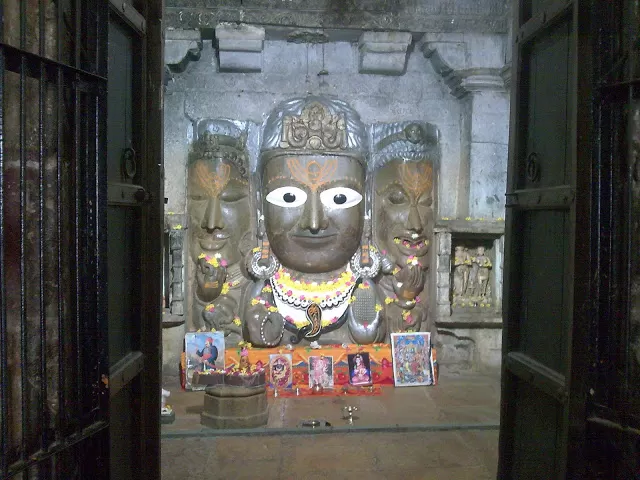
In the middle of a vast and deserted plain, we see how the fort rises from nothing. Here yes that the dimensions count and is that it has a length of almost 6 km and is built on a hill at 180 m in height. It completely occupies the 2.8 square kilometers of the top of this capricious mountain.
Going up the hill that leads to the wall we went through the Ram Pol after crossing another 6 doors and arrived at the Ticket office. Ticket in hand we started the journey by the set that at moments reminded us of Angkor. We just crossed to the other side of Ram Pol, the main one of the 7 doors that cross the wall of Chittorgarh. Through it, we access the fort after climbing a kilometer of winding street. I travel to see the bust of Bappa Rawal and I imagine how invincible he must have felt after winning the conquest.
First we visit a complex of Indo-Aryan style temples that wind around the beautiful tower of victory. This tower consists of 9 floors, 37 meters high. It is entirely decorated with Hindu sculptures and was built around 1440. What we liked most was the tower Jaya Stambha of 37 meters and full of marble carvings and details. The temples are also very beautiful and the palaces, like Rana Kumbha.
Although the most photogenic, with the tower, maybe the Gaumukh Reservoir, the water dam that houses a sacred altar with a "waterfall". Continuing beyond the tower and temples Meera and Kumbha Shyam, we arrive at Gaumukh Reservoir. It is a very impressive reservoir where we meet the keepers, always busy with water and washing some bronze bowls. Here I put the second tilaka on the forehead (the red dot) but I will never show you the picture! Here the devotees pray and leave offerings. From there we saw very nice views of the city.
Then we move to visit the Padmini's Palace overlooking a very characteristic and scenic lake, in the middle of this there is another wing of the building. The views from the windows of this building a little more than crumbling are very beautiful. The palace of Padmini has a garden with roses and is next to a lake with a turret in the middle.

Finally we move to the ruins of the Rana Kumbha Palace, of which only the ruins remain today despite the continuous restoration attempt. The work was going on even when we visited it. Some hand-made stonemasons were rebuilding some fortress spier one by one, maybe in a few decades, they will end. In its interior we can see towers, temples, palaces, monkeys that eat flowers and much more things. Over here we saw a snake and many monkeys inside the ruins, as well as temples, palaces and towers.
We are already heading to the exit. We have been two and a half hours, enjoying a lot of this visit.
We stopped for lunch, at the restaurant , just down from the fort, and in the city, we ate rice, plain naan and matar mushroom. It is time to leave Chittorgarh and head towards Bijaipur. Here we will stay at a castle that rises inside the village, probably one of the most rural and real places I have seen on this trip to Rajasthan. Bijaipur, a crossroads of a few streets, looks like one of those villages in the Italian hinterland. Here people sit at the bar and watch the life that goes around, all but in the Indian reality that is light years away from Italy.
There are people who repair tractors, those who prepare food, and kids fly kites. The castle is very nice. For dinner they organized an outdoor reception, but unfortunately, the rain wanted to ruin everything. A sudden storm forced us to fall back in the restaurant and also flooded our room we had chosen, isolated from the chaos of the party and carved into the bastion.
The dinner was still good, despite the fact that the food had to undergo a chaotic move from the garden to the restaurant. The dinner was initially consumed between music and traditional dances, and then the DJ took over. Fortunately it was the only rainy episode of our entire trip.
For us the evening ends here. We go to bed and despite the deafening music, which fortunately ends not too late, we can sleep. The next day we expect the transfer to Bundi, probably one of the last reality little traveled by mass tourism and on a human scale.






